Wind turbines have long been limited to open spaces with strong winds to be cost-effective. But the playing field is changing due to modern windmills that are both higher, bigger and more efficient.
The best place to build a wind turbine might seem obvious – an open landscape where it blows a lot. But now Finnish scientists show that wind turbines constructed with modern technology can be effective even at locations where the wind is weaker.
Location, location, location
Previously, the vast majority of wind turbines have been built on open landscapes where the wind can blow up without being affected by surrounding forests or mountains. Trees can both slow down winds and cause them to blow from different directions, which in the long term can lead to wear and tear of the power generators.
Older technology is also limited to how much power generated on a minimum that would make the turbine profitable since the material used that constituted the rotor blades was previously too heavy, and expensive.
Using as little material as possible in the production of the turbines makes it more effective to how much a power plant costs to build compared with how much electricity it can produce during its lifetime.
Modern wind turbines are both higher and have larger rotor blades. They have a height of about 200 meters, which is around 50 meters higher than older models on average.
Size is important
The researchers from the Technical Research Center of Finland analyzed wind turbines in Finland’s mainland. They wanted to know what economic potential the wind turbines had based on where they stood and how they were built.
Especially interesting was measuring how modern wind turbines compared to older models. They compared power plant models from 2002 with later models from 2015, calculating the effectiveness of both models on different land areas.
Modern turbines are more efficient
They found that modern wind turbines have a big advantage because they can be placed in more locations than their predecessors, so they can be placed in forest areas where the wind blows weaker on average.
The height of the power plants makes them reach higher, with stronger winds at higher elevations, their larger rotor blades capture more wind with their larger sweeping surface. Another interesting aspect of modern wind turbines is that they are usually quieter than older models.
Technological progress
Modern turbines have progressed in many areas besides hight and size, they have more advanced rotors, controls, electronics, and gearboxes. Breakthroughs on turbine controls led to being able to handle the additional thrust generated by wind.
The use of computer simulation can be very useful to increase the capacity factor of turbines. The software allows helping design blades that allow for attached flow across a range of flow velocity without having to continuously make the rotors larger.
The researchers claim that their study highlights the importance of choosing the right wind power turbine for the right location. They also argue that similar analysis made earlier did not take into account modern technology when determining locations.
The study is published in Nature.
Reference:
Erkka Rinne, Hannele Holttinen, Juha Kiviluoma & Simo Rissanen Effects of turbine technology and land use on wind power resource potential Nature Energyvolume 3, pages494–500 (2018)

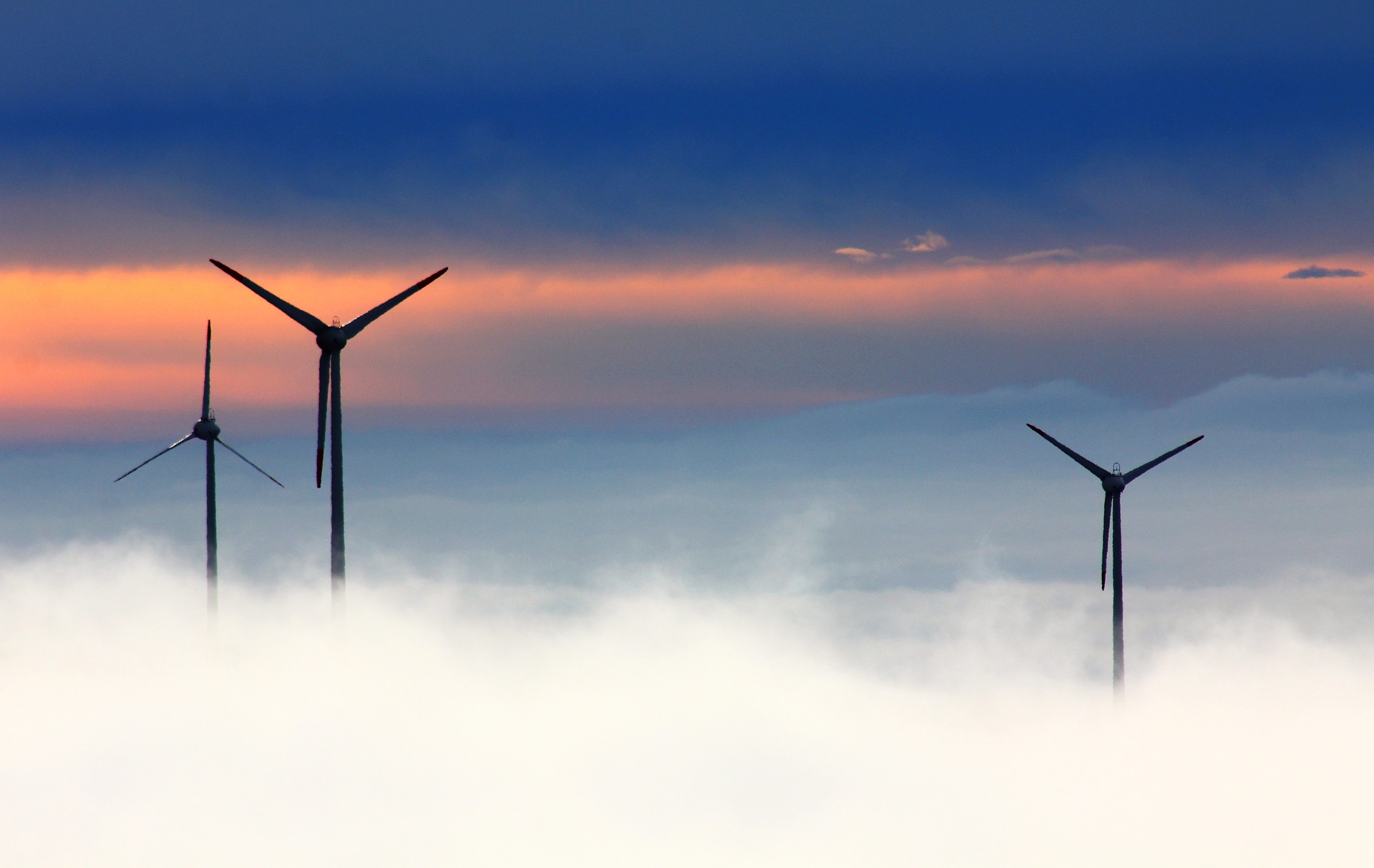
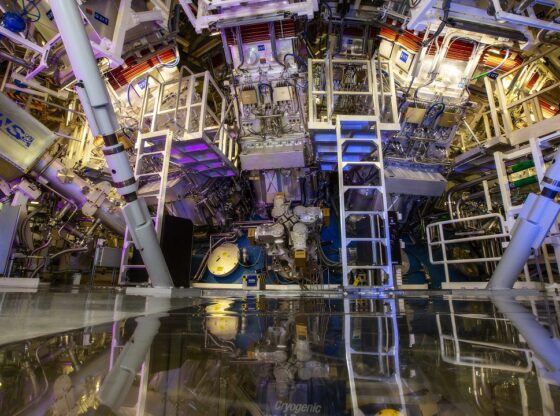
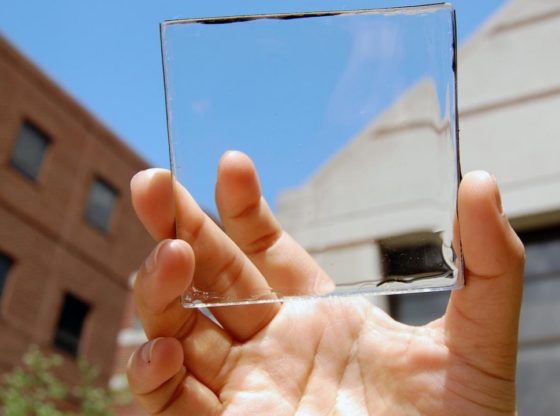
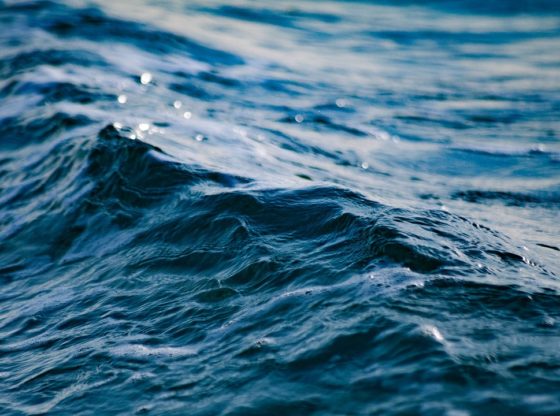
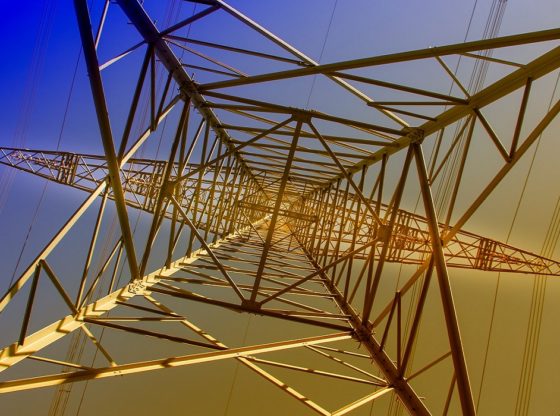
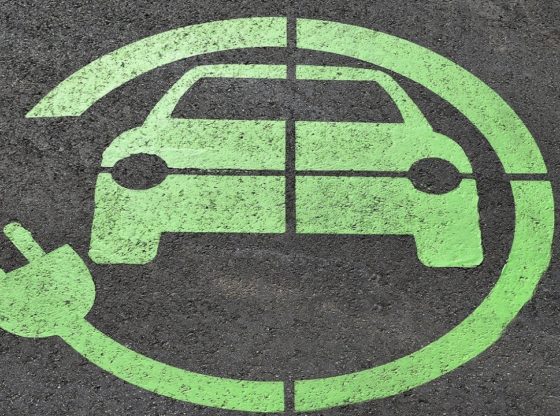

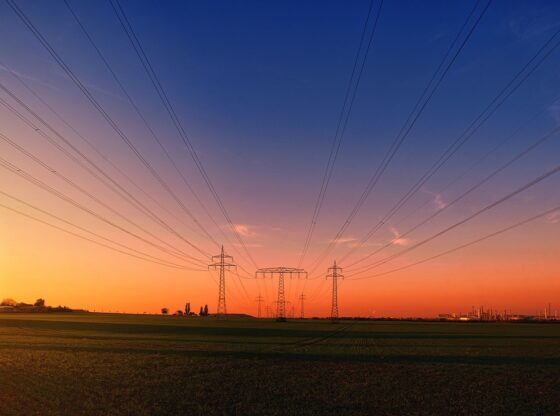
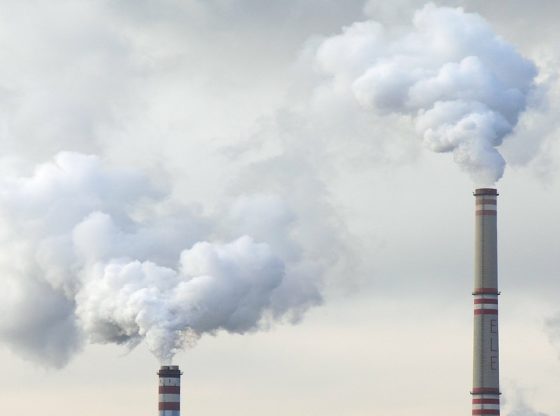

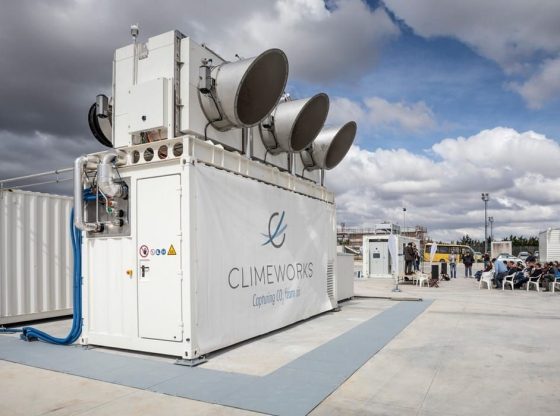
![OpenAI. (2025). ChatGPT [Large language model]. https://chatgpt.com](https://www.illustratedcuriosity.com/files/media/55136/b1b0b614-5b72-486c-901d-ff244549d67a-350x260.webp)
![OpenAI. (2025). ChatGPT [Large language model]. https://chatgpt.com](https://www.illustratedcuriosity.com/files/media/55124/79bc18fa-f616-4951-856f-cc724ad5d497-350x260.webp)
![OpenAI. (2025). ChatGPT [Large language model]. https://chatgpt.com](https://www.illustratedcuriosity.com/files/media/55099/2638a982-b4de-4913-8a1c-1479df352bf3-350x260.webp)








